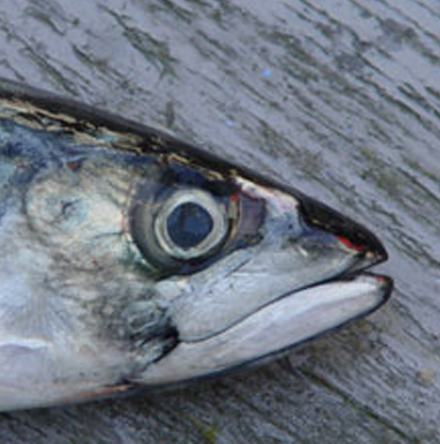
There are sixty-five known species of fish in the waters of the Lower North Shore. Shallow shelf areas are important summer feeding and nursery areas for both groundfish, including cod and halibut, and pelagic fish, such as Atlantic Salmon, capelin, herring, mackerel, and sharks. The deep channels provide important overwintering grounds. Most of the fish stay in these waters year-round. Invertebrates such as starfish, sea anemones, sea cucumbers, limpets, sea urchins and crabs are plentiful on the rocky shores.
The decline of the North Atlantic cod stocks led to the closure of the historic fishery in 1992.
The closure had a major economic impact because cod once represented 65% of all catches. Although some groundfishing remains, the fisheries have diversified to include shellfish, herring, mackerel and capelin. The seasonal fish processing plants are important for job creation in this remote region. Some aquaculture farms produce blue mussel and scallop.